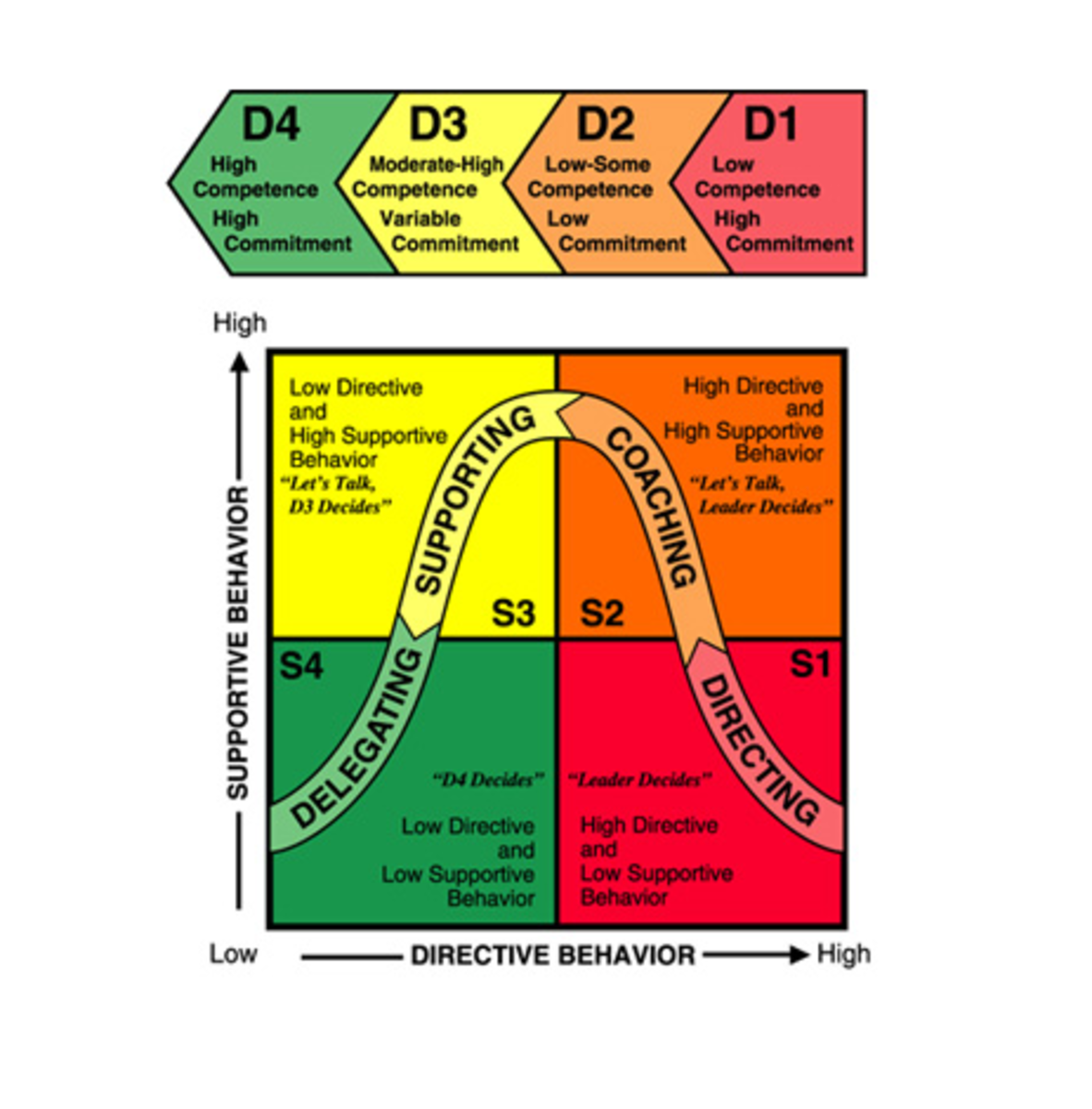Building a Team of Leaders: Develop Leadership Effectiveness
Creating a healthy leadership environment
How can a leader create an environment for other leaders to succeed? Leadership development isn’t only about the development of the leader. Leadership development is about building a team for success. A wise leader understands that his effectiveness as a leader will only extend as far as his influence. By building up leaders instead of acquiring followers, a leader will be able to multiply his influence and effectiveness.
There are many things that a leader can do to inspire leadership development within his team. By creating a leadership environment, he is able to motivate others to reach their full potential. If you are a leader, imagine for a moment what your organization would look like if your subordinates took initiative, accepted responsibility, bought into the vision, and took ownership of their projects. The possibilities are endless!
Creating a healthy leadership environment for your team will take some intentionality on your part. You’ll have to work at building their leadership development and inspiring them to want to improve and succeed. While this will take both hard work and resources, the results will be worth the effort.

Become the leader you would like to have
If you want to create an environment where leaders can thrive and develop, then you’ll have to start with your own leadership skills. Learn the concepts and characteristics of a servant leader. Spend time working on your listening and communication skills. Make sure that you’re the kind of leader that your followers trust and believe in.
Be sure that you are secure enough in your leadership strengths to handle others climbing the leadership ladder. It’s easy to say that you want to build a team of leaders under you, but it’s difficult to carry it through. Don’t sabotage your own efforts by feelings of jealousy or paranoia.
Set aside you own pride and ambitions. Even though building a leadership team will increase your effectiveness, don’t make that your sole motive. It’s not to promote yourself, it’s to further your cause or organization. Be willing to let other take the credit when someone else does well. Be willing to take the heat for someone under your leadership when a mistake is made. Those under you aren’t there to make you look good; you are there to help them succeed in their work.
Think of the type of leader that you would follow. What characteristic would he portray? Would he only look after his own interests? Would he lay down the law of authority? Or would he come alongside you and work with you for the greater good of the organization and your development. We want to follow leaders who lead with our best interest in mind.
For more information on how to become this type of leader, read about Servant Leader Concepts and Becoming a Powerful Servant Leader.
In order to carry out this leadership environment, you’ll also have to build the right team and surround yourself with the right people. Know what type of leader you want to build and understand the traits they should already possess. Read the list below for some ideas of the personal characteristics you should look for when choosing the leaders to develop.
Who should I look for in potential leaders?
Look for leaders who:
- Can catch your vision as a leader
- Demonstrates integrity and character
- Takes initiative
- Desires to grow and learn
- Is both confident and humble
- Is teachable
- Takes responsibility for their actions
- Uses effective communication skills
- Is trustworthy
- Demonstrates good time management
- Is a team player
- Is loyal
- Is deserving of respect
Building the right team
- Identify key players to develop. Find those who have already demonstrated some leadership abilities. Who among your workers can you trust?
- Choose leaders who have common organizational goals. If members on the team have conflicting goals or visions, your ideas and plans will always clash. Momentum happens when everyone works together towards the same purpose.
- Create leadership development programs. Put time and money into training these up and coming leaders. Build their strengths and strengthen their skills.
- Coach the emerging leaders one-on-one. Engage them in dialogue so they can glean from your leadership skills and experience. Mentor them in their growth. Help them apply the leadership lessons they are learning to their work.
- Give your new leaders an outlet. Let them try out their newfound skills. Give them opportunities to put their training and mentoring into practice. Delegate some of your own projects and increase their responsibility.
- Train your leaders to build a leadership team under them. Help them identify key player who have the same goals. Give them permission to promote training, coach their leaders, and delegate responsibility.
Do you see how creating a leadership environment can increase your effectiveness? By putting these suggestions into practice, not only will you build leaders, you’ll also inspire loyalty and motivation.
How will you create a leadership environment? Share your thoughts in the comment section below. If you found this Hub helpful, be sure to vote it up. Thanks for reading!










